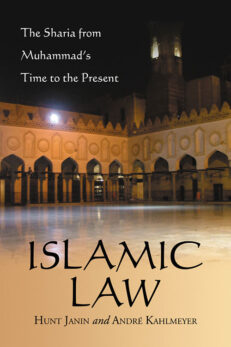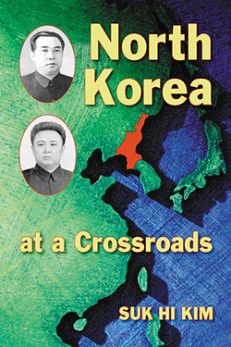North Korea at a Crossroads
$39.95
In stock
About the Book
Some fifty years after war, the Korean peninsula remains divided at the 38th parallel. The end of the Cold War in 1989 brought changes to many communist states, but North Korea remains embroiled in international crises. Looking forward, North Korea seemingly faces four choices: collapse, further war, peaceful reunification with the south, or status quo.
This historical and political analysis covers the period from the division of the peninsula in 1948 to the future of North Korea beyond 2003. Topics include the Korean War, Kim Il Sung, famine, the economic collapse of the 1990s, Kim Jong Il, South Korea’s sunshine policy, nuclear ambitions, “rogue state” status, George W. Bush’s “axis of evil” remark made during his 2002 State of the Union address, and the current state of diplomatic relations. The final chapter considers the case for reconciliation. Appendix A is a chronology of the Korean Peninsula from 2333 BCE to 2003 CE. Appendix B is a directory of Korean Studies institutes and think tanks. Tables and statistics are integrated throughout the text. Reader aids accompany each chapter, including lists of further reading, key terms and questions.
About the Author(s)
Bibliographic Details
Suk Hi Kim
Format: softcover (6 x 9)
Pages: 232
Bibliographic Info: tables, readings list, reader aids, appendices, index
Copyright Date: 2003
pISBN: 978-0-7864-1741-4
eISBN: 978-0-7864-8105-7
Imprint: McFarland
Table of Contents
PART I. INTRODUCTION
1. North Korea: Yesterday, Today, and Tomorrow 7
PART II. NORTH KOREA AT A CROSSROADS
2. The Korean War (1950–1953): Causes and Consequences 37
3. North Korea’s Continuing Survival: The Pathway of Confucianism and Self-reliance 51
4. Roads to Korean Unification 61
PART III. THE NORTH KOREAN ECONOMY AND ITS OPEN DOOR POLICY
5. The North Korean Economy 77
6. Inter-Korean Economic Relations 99
7. Doing Business with North Korea 115
8. The North Korean Famine and Korean NGOs 135
PART IV. THE CASE FOR RECONCILIATION WITH NORTH KOREA
9. Eight Compelling Reasons for a Policy of Reconciliation with North Korea 153
Appendix A: Chronologies 179
Appendix B: Think Tanks for Korean Studies 193
Index 217
Book Reviews & Awards
“a must”—Midwest Book Review.








